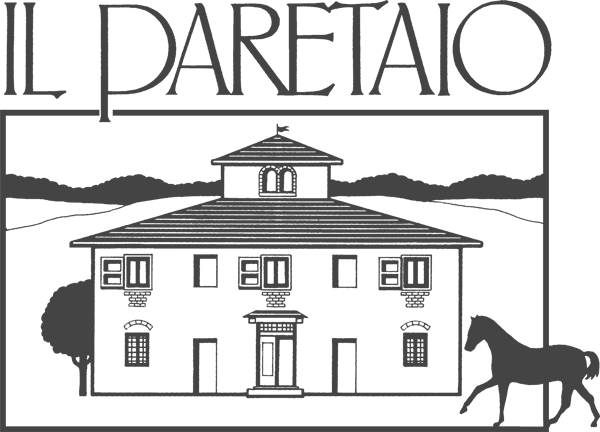Very often our riders ask as this question. We found an interesting article about this subject by Sue Morris.
What would your first answer be? The Spanish Riding School of Vienna? The Cadre Noir at Saumur perhaps? Possibly the riding seen on the Iberian peninsula with Andalusians and Lusitanos? Of course you would be right in naming all these, but the answer that I'm looking for is: "Classical Riding is correct riding". It is how we really should ride every time we get on a horse. It is Horsemanship - not just knowing how to ride, but all round knowledge of the horse as a species - its psychology and physiology.Classical Riding works because it has stood the the test of time. It works without fear or force and most definitely without gadgets. It's working with, never against the horse. It is opening the lines of communication between horse and rider, listening to the horse, of being very aware of how every move you make means something to the horse, of first being able to ask yourself "what did I do that made the horse do that?" when you didn't get the response you were looking for. There is nothing about "making him do it". The responsibilty lies with you, the rider, to make things comfortable for the horse. That doesn't mean you won't meet resistance or evasion or that you can't use discipline to counter them; the results are achieved through co-operation not co-ercion. Classical riding is foremost concerned with the the aquisition of a classical seat - this is a balanced, deep and feeling seat. In this context "seat" includes the seat bones, pubic arch, thighs, lower back and very importantly the abdominal muscles. Classical riders develop wonderfully light, responsive horses because they ride from their "centre". The horse is ridden from the seat first, then the legs and into the hands. "The hands receive what the leg puts into them - no more, no less" - Dr Thomas Ritter. The emphasis is placed on the you, the rider, to learn about your own body and how even slight variations in the way you hold yourself affect the way the horse moves beneath you. How can you expect your horse to achieve self-carriage if you're not in self-carriage yourself? In Classical Riding much is made of the position of the pelvis and seat bones and the use of lumbar and abdominal muscles. You learn that you don't follow the horse's movement you lead it and to be able to lead it you have to know that "To be an aid, the seat or weight effect of the rider must not only be correct; it has to occur at the right moment" - Brig Gen Albrecht, former Director of the Spanish Riding School). "One of the problems is that many riders pay lip service to some of the classical principles, but they interpret them incorrectly, so the outcome looks nothing like a classically correctly trained horse and rider. In other cases, they admit to deviating from classical principles, because "modern research shows ..." or "it is not applicable for our modern horses...", or something like that, as if the equine species had mutated in some significant, fundamental way from the horses the Old Masters had to work with. What has changed is that the breeding of the warmbloods in particular has improved dramatically since the war. Some of the pre-war Olympic horses would never even be looked at, much less trained, by any of the modern competitors, because their gaits and conformation would not be good enough in today's world. The temperaments have probably become easier, because disposition is an important factor in breeding sport horses. The bottom line seems to be that the average modern sport horse (I hate the term) can be trained to much higher levels with much less skill than the average horse 50 or 100 years ago, which invites even more shortcuts" - Dr Thomas Ritter, to whom I am deeply grateful for all the help he has given me with my horses.
Re-printed by Courtesy of Sue Morris
What is classical riding ?

News
Staff Il Paretaio
2016-02-12 


